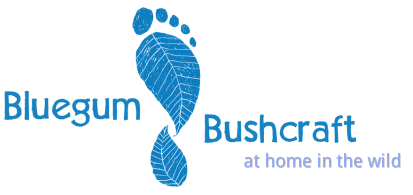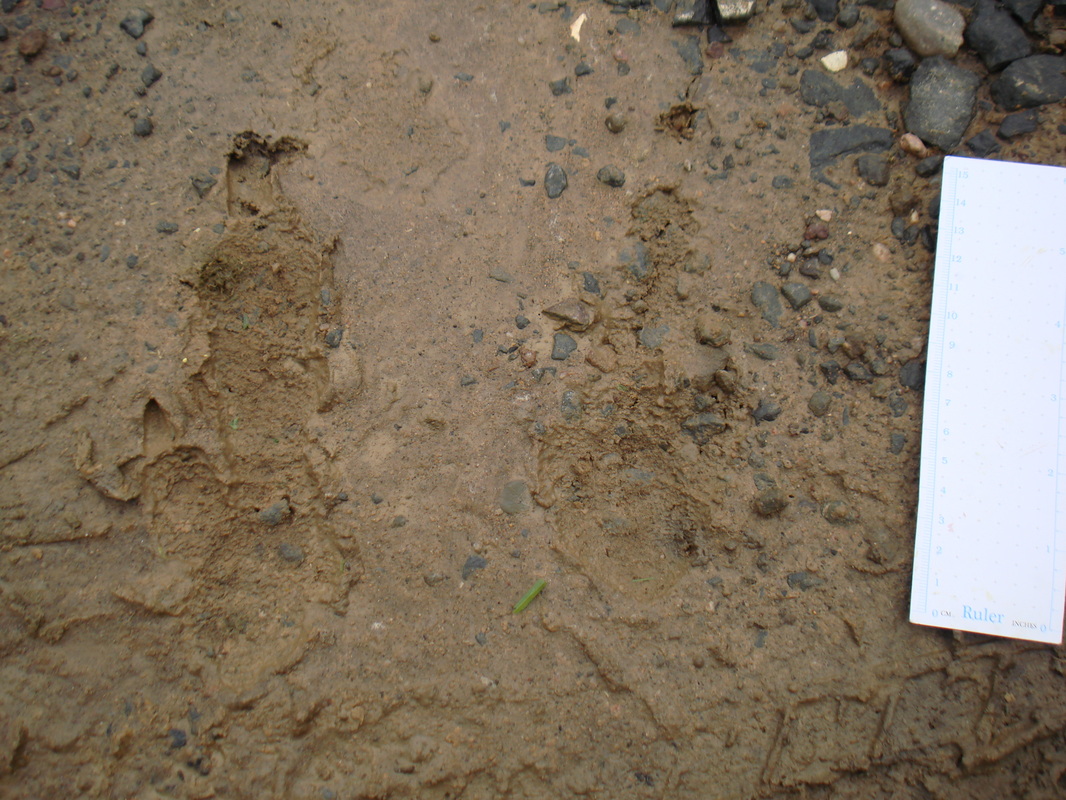But ask yourself - would you still be able to pick the species if you had only seen the track on the right-hand side of the photo?
How about from a distance?
While walking?
It's good to pay attention to the easier tracks - the ones we know we can see, as opposed to the ones we are pretty sure we can see.
The more clear print tracks we pay attention to, the clearer the search image we build in our minds. And having a clear, strong search image is a huge part of being able to track effectively.
Think about something you know really well. The face of a family member, for instance, or your favourite song. Because you have a such a clear brain pattern linked to that face, or that melody, you can still recognise it instantly even when you only have a partial match.
For example, it only takes the first few notes of that song for you to recognise it, and you can spot a family member out of the corner of your eye in a crowded room.
Of course to get a really clear search image for tracking animals, we really need to examine the animal itself. And not just once, but may times. It's partly why you often see people in indigenous cultures paying rapt attention to a newly killed animal - touching it, stroking it, moving its feet and limbs and really focusing their attention.
There is gratitude and reverence in their actions, and there is also the ever ravenous, ever questioning, curiosity of the tracker.
And by the way - if you were sure you recognised those tracks, how can you tell which species it is?
Not to mention the myriad other questions we could ask;
How fast was it moving?
When were those tracks left?
How old? How healthy? What gender? and on and on and on..
And, initially, we ask those questions not so as to answer every one of them but to open our minds, our awareness to absorb more and more of the track.
We ask, seeking to make our search image as rich, as subtle, as complex, as real as the thing we are tracking.
a tracker is a scholar of that which is real
Hmm. Maybe there's no such thing as an easy track after all...


 RSS Feed
RSS Feed